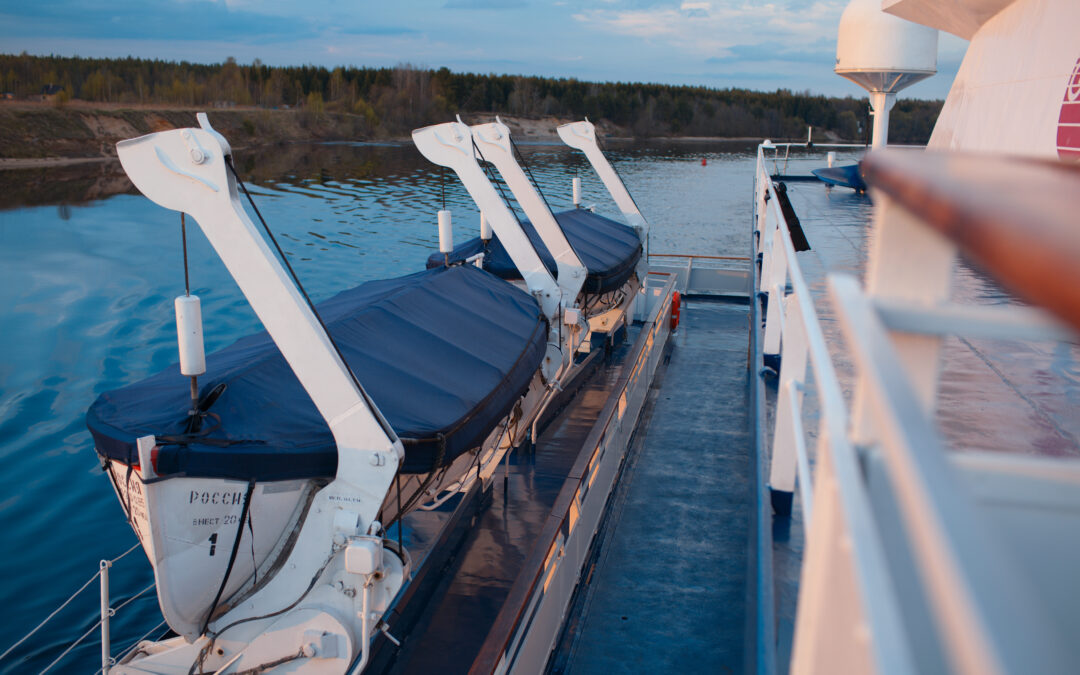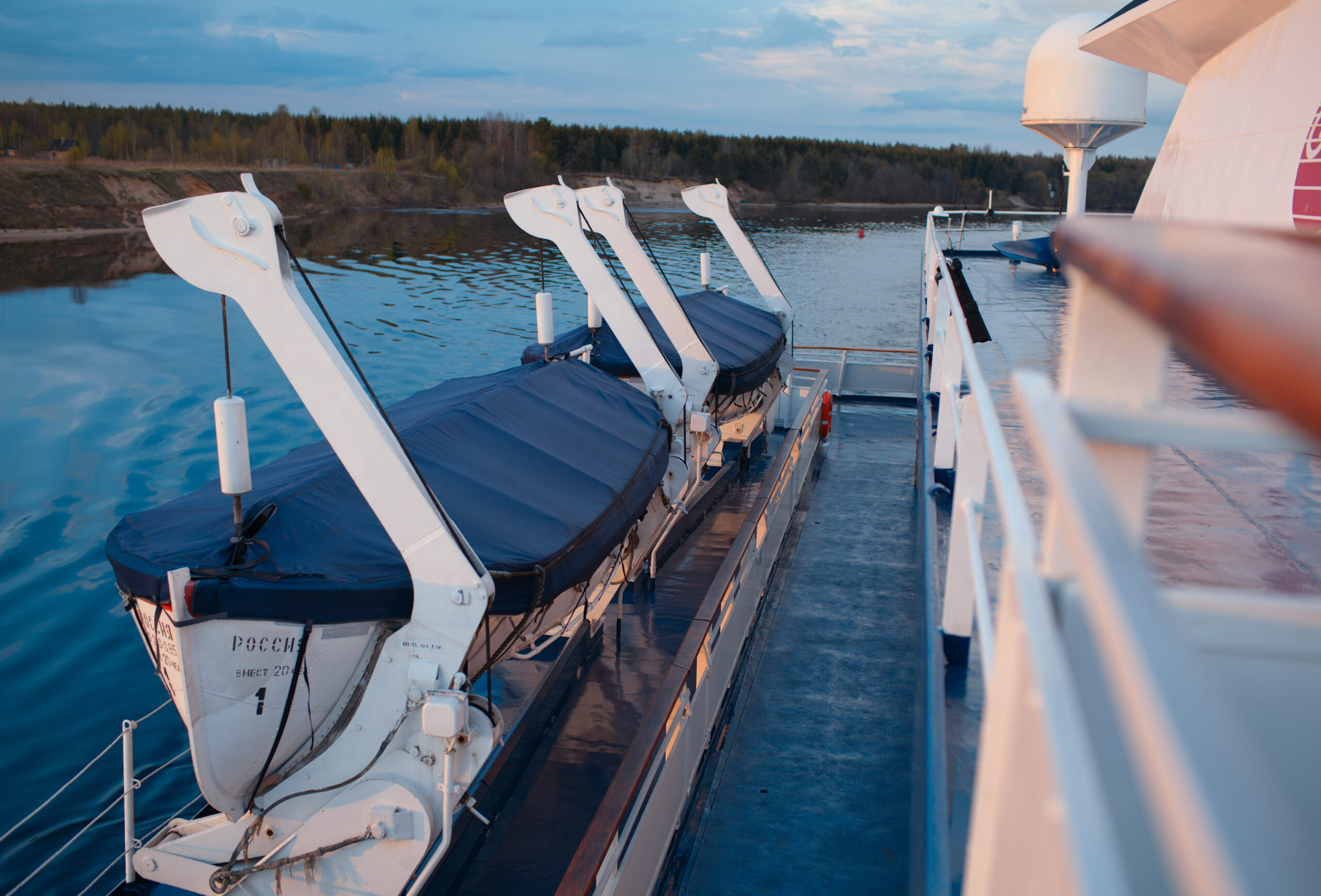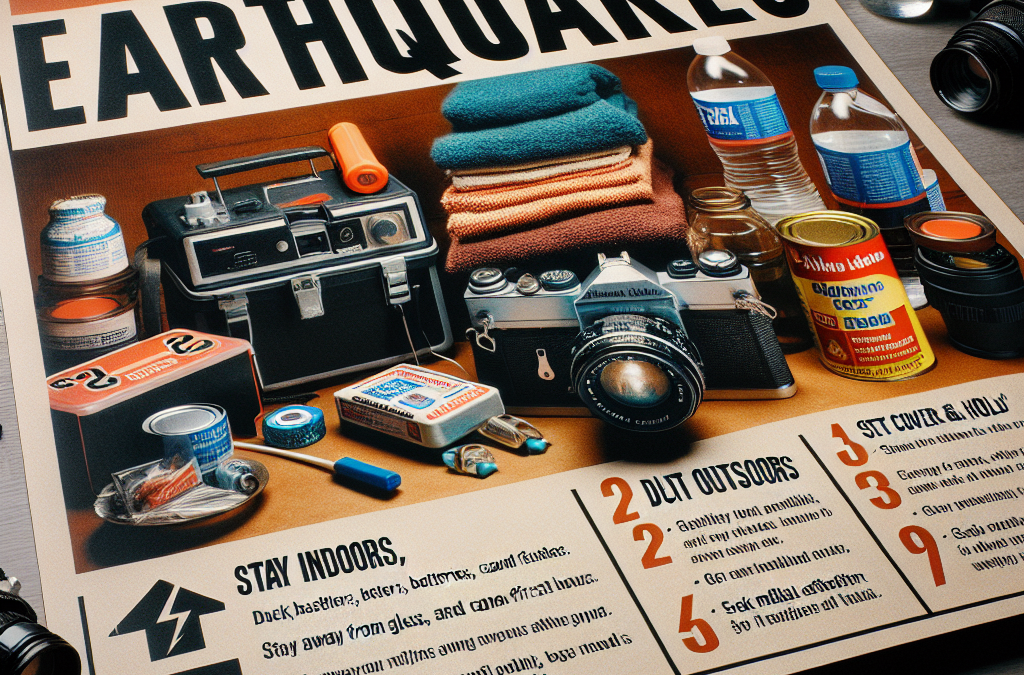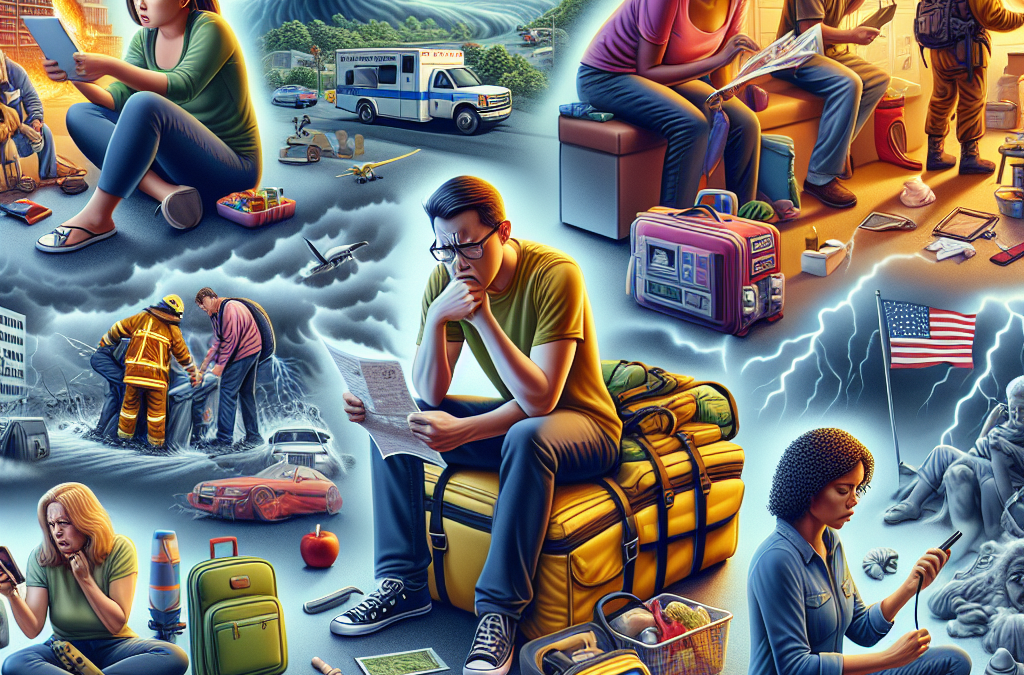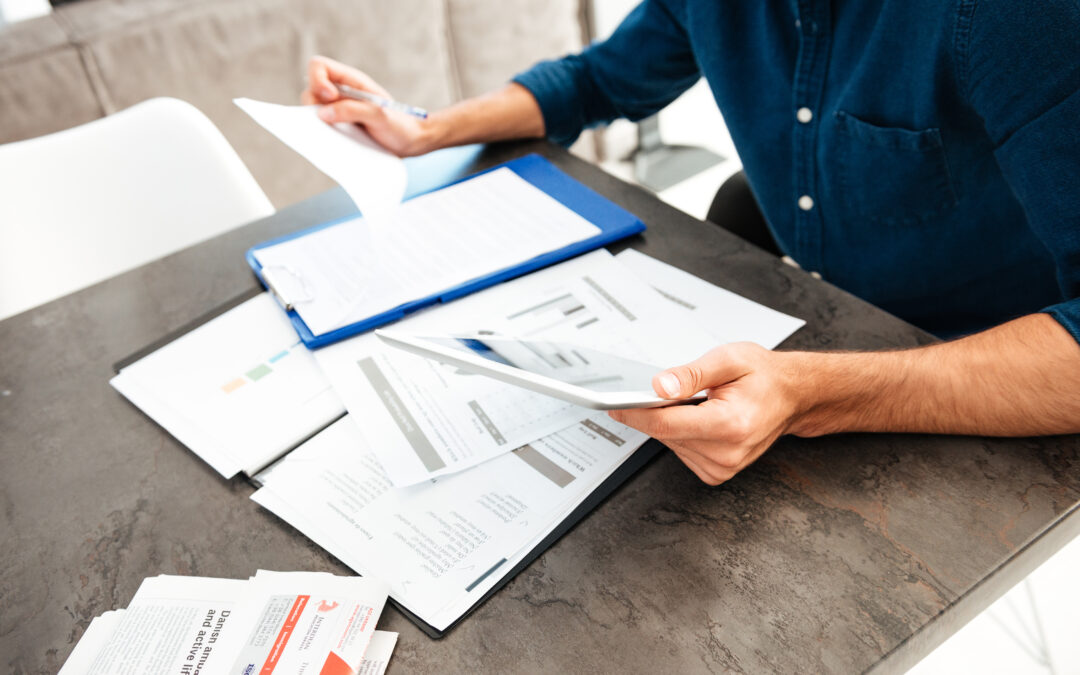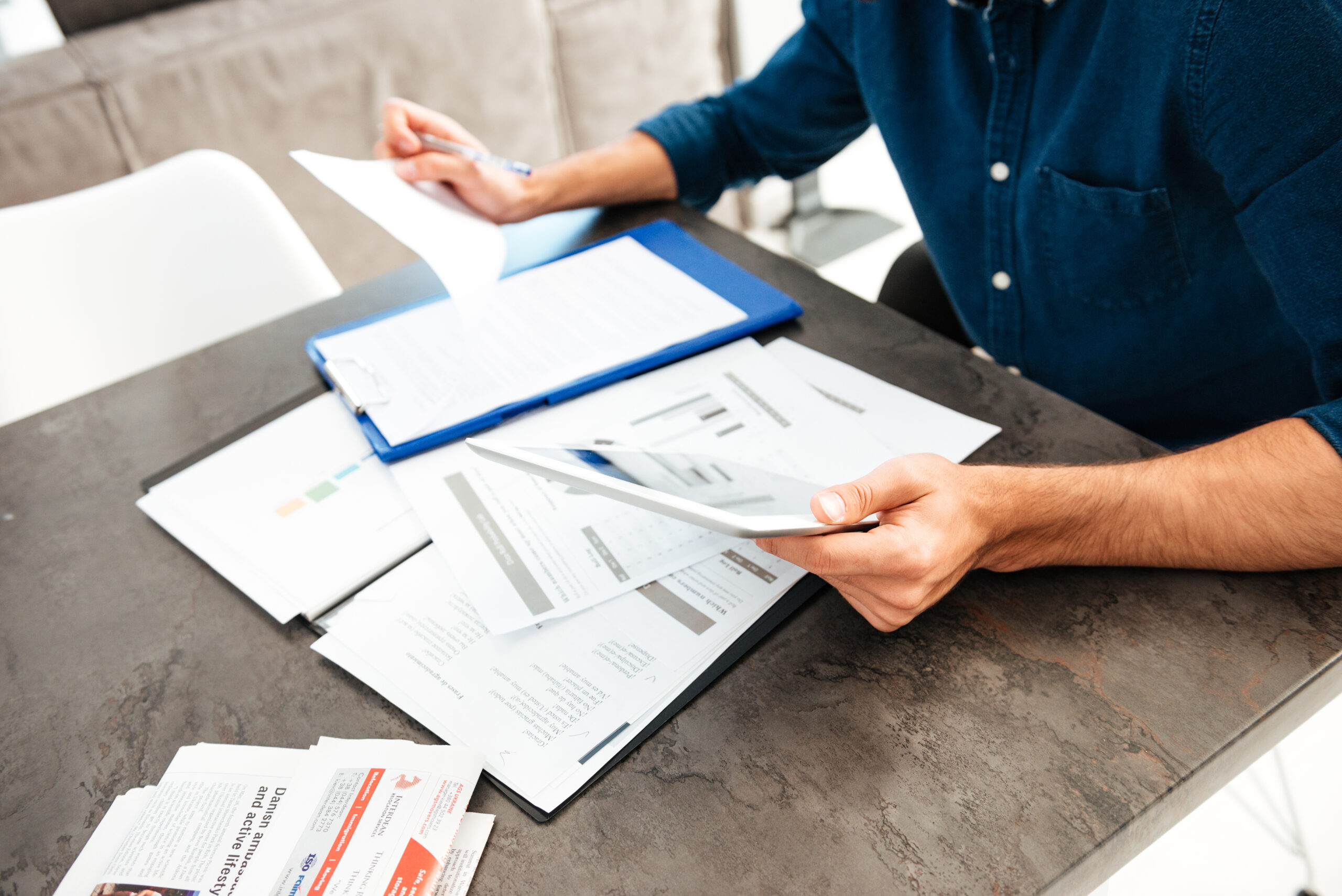The Ultimate Survival Guide for Earthquakes
- Understanding Earthquake Preparedness
- Creating an Emergency Kit
- Developing a Family Emergency Plan
- Staying Informed and Safe During an Earthquake
Understanding Earthquake Preparedness
The Science Behind Earthquakes
Let me tell you, understanding how earthquakes work can really help ease some of the anxiety they cause. Earthquakes happen when there’s a sudden release of energy in the Earth’s crust, creating seismic waves. These waves are what get us shaken up (literally!). The tectonic plates shifting is a natural part of the Earth’s dynamics, but when they move abruptly, that’s when we need to be ready.
I remember being caught in a mild tremor once, and it hit me how unprepared I was at that moment. Knowing the science behind it was a game changer for me. It gave me insights into how often and why we have earthquakes in certain areas. If you’re in a quake-prone region, it’s good to do some research and understand your local geology.
Additionally, knowing the types of earthquakes can also aid in preparedness. From tectonic to volcanic or collapse earthquakes, each type has its own set of characteristics. I recommend taking a moment to read about your area’s specific risks. Awareness is half the battle.
<h3)Assessing Your Risk
So, how do you figure out your risk level? Various online resources can provide maps that show seismic zones. I found one particularly helpful in mapping the historical data of earthquakes in my area. You may be surprised to find out how often the ground has shaken beneath you!
Also, remember that your risk can depend on where you live. Urban areas might have stricter building codes than rural ones. Sometimes it helps to look around your community and see how well-prepared your neighbors are. Community resources can be invaluable here!
Don’t forget to consider your personal circumstances too—like what floor you live on or if you have children and pets. I’ve learned that looking at my environment with a critical eye really helped me tailor my preparedness plan.
Building a Preparedness Mindset
Now, let’s talk mindset. Feeling prepared means setting yourself up to respond calmly during a quake. I always tell my buddies that practicing a bit of mental rehearsal goes a long way. Picture yourself in a scenario and visualize the steps you would take; it’s surprisingly effective!
I also recommend talking to friends or family about their experiences. You’d be amazed at how sharing stories can build resilience. Plus, it’s super comforting to know you’re not the only one who might freak out a little!
Ultimately, preparing mentally can boost your confidence and help reduce fear. When the ground shakes, being ready to roll is what it’s all about!
Creating an Emergency Kit
Essential Items to Include
Your emergency kit is your lifeline during an earthquake, no joke! I started creating mine after realizing how basic my supplies were. At a minimum, your kit needs food, water, a flashlight, batteries, and first aid supplies. These essentials will keep you going in case of a power outage or if you’re cut off from supplies.
You should also think about including some comfort items. I added a few snacks that I actually enjoy and a small game for my kids; it’s amazing how something familiar can soothe nerves. Also, don’t overlook manual tools; having a reliable multi-tool makes a world of difference!
Finally, check your kit periodically. You don’t want to find expired food or dead batteries at crunch time! I make it a point to refresh mine with the change of seasons.
Customizing Your Kit for Your Needs
One thing I get asked a lot is, “What should I add to my kit if I have specific needs?” And to that, I say, personalize it! If you’re a caregiver, stock up on necessary medications and supplies. If you have pets, don’t leave them out—dog food and a leash might be essentials!
Another consideration is your location. If you live in a colder climate, blankets would be necessary. In a hot area, think about hydration and sun protection gear. Make your kit unique; it’s your survival toolkit, after all!
Don’t forget hygiene products too; staying clean will be important when resources are low. I try to pack items like hand sanitizer and wipes that take up little space but mean a lot.
Where to Store Your Kit
So now that you’ve got this swell emergency kit, where do you stash it? I’ve learned that it’s no good if it’s hidden under a pile of laundry or in your car’s trunk. The ideal spot is somewhere easily accessible to you.
For families, I recommend a central location where everyone knows to grab it. I’ve set mine up in our living room closet – easy access without playing hide and seek. You’ll want something that’s impervious to flooding or falling objects, if possible.
In addition to one main kit, think about smaller go-bags you can throw in the car or keep at work. I’ve even got a mini kit in my office drawer just in case something happens while I’m away from home!
Developing a Family Emergency Plan
Engaging Everyone in the Planning Process
Involving the whole family in your preparedness planning can be super empowering! I got everyone together for a family meeting, and you know what? They had great ideas! Each person, from the youngest to the oldest, should have a role during an emergency.
Letting the kids pick emergency rendezvous points made them feel more included and less anxious. It’s like we turned a scary situation into a fun game! And, of course, I made sure we reviewed our plan regularly.
As a family, writing down our emergency procedures was a bonding experience. We created our own ‘family safety manual’ that covered everything from evacuation routes to where to meet. It’s a practical keepsake now!
Practicing the Emergency Plan
Honestly, creating the plan is just the beginning! Once you’ve written everything down, put it into action. I recommend practicing drills for earthquakes; it’s just like fire drills, but a lot less common in schools.
Walk through the necessary actions and emphasize drop, cover, and hold on. It’s amazing how quickly kids can pick it up with a bit of repetition. We’ve even turned it into a fun family challenge to see who can do it fastest!
After a drill, we always sit down and unwind. It’s a great opportunity to go over what worked well and what could be improved. I find keeping the conversation open helps everyone feel secure.
Communication During an Emergency
Having a solid communication plan is vital. I can’t stress enough how important it is to establish the ways you’ll connect with each other post-quake. I made sure we knew every family member’s contact information and how to access it if phones go down.
Consider creating a family group chat or using a designated app. It can save you from panic if you can’t reach someone right away. Also, identify an out-of-town contact—sometimes it’s easier to call someone who’s miles away than local when a disaster strikes.
Make sure everyone knows their responsibilities regarding communication. It’s about being organized; the goal is to find each other, not to add to the chaos!
Staying Informed and Safe During an Earthquake
Monitoring Earthquake Alerts
I can’t recommend staying informed enough! In our digital age, apps and alerts are handy tools to have. I’ve downloaded earthquake alert apps that give me real-time notifications, so I’m always aware of seismic activity in my area.
Sources like the USGS (United States Geological Survey) provide reliable data. Honestly, I feel way more at ease knowing I can access comprehensive information about ongoing seismic events.
Additionally, sign up for local emergency alerts. Some cities have their own systems that can keep you in the loop during a big event. It’s just smart to keep your finger on the pulse of what’s happening around you!
Understanding Emergency Exits in Your Surroundings
It’s critical to know your environment. Knowing where to go during an earthquake can save lives! I frequently check out emergency exits in public spaces like work or shopping centers. It might sound excessive, but practice makes perfect!
In my home, I’ve designated safe spots and kept my furniture away from windows. Reinforcing that safety starts at home, and doing it together makes it a family affair. We all have a part to play!
Creating a habit of awareness is key. Each time I enter a venue, I mentally go through the escape routes. This simple act gives me peace of mind, which is always a winner.
Post-Earthquake Safety Steps
After a quake, don’t let your guard down! My top tip is to check for hazards around your home. Gas leaks, damaged power lines, or loose items can turn a post-earthquake moment into a new kind of disaster.
I always take a mental note of what could have fallen and check it out carefully. If you’ve got utility issues, the best practice is to turn off the main appliances for safety’s sake. No one wants to face an explosion amidst the chaos.
Once the immediate danger is over, make sure you’re in touch with family and friends. Reconnecting will help ease anxiety. Plus, sharing thoughts and concerns can be incredibly therapeutic; it’s about looking out for one another.
FAQ
What should I include in my emergency kit?
Your emergency kit should have essentials like food, water, a flashlight, batteries, first-aid supplies, and anything else you deem necessary based on your situation and location.
How do I involve my family in the emergency planning process?
Get everyone together for a family meeting where you can discuss roles and responsibilities. Encouraging ideas from everyone helps the planning feel more inclusive and less daunting.
What are the safest places to go during an earthquake?
During an earthquake, find a sturdy shelter to hide under, like a table or desk, away from windows. If you’re outside, try to move away from buildings and utility lines.
How often should I check my emergency kit?
Make it a routine to check your emergency kit at least twice a year, often coinciding with daylight savings time. This helps ensure everything is fresh and operational!
